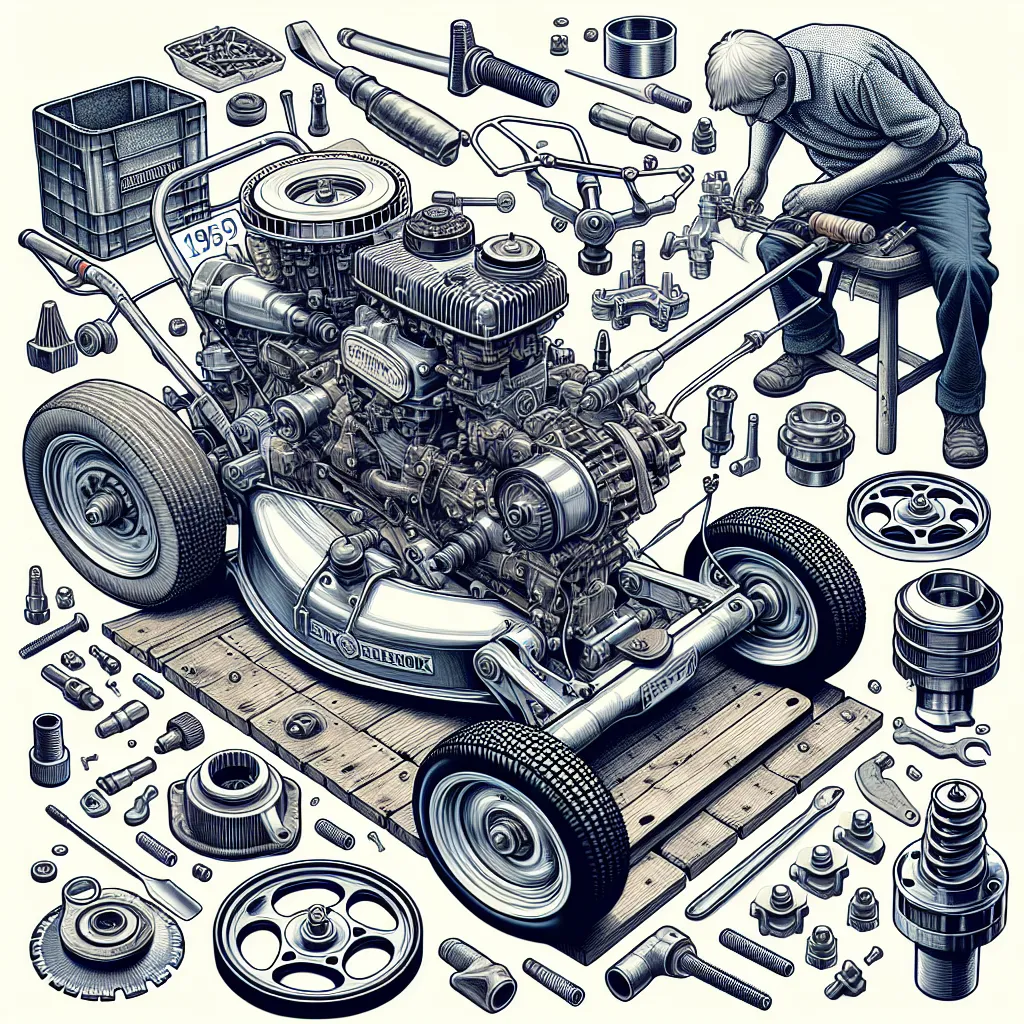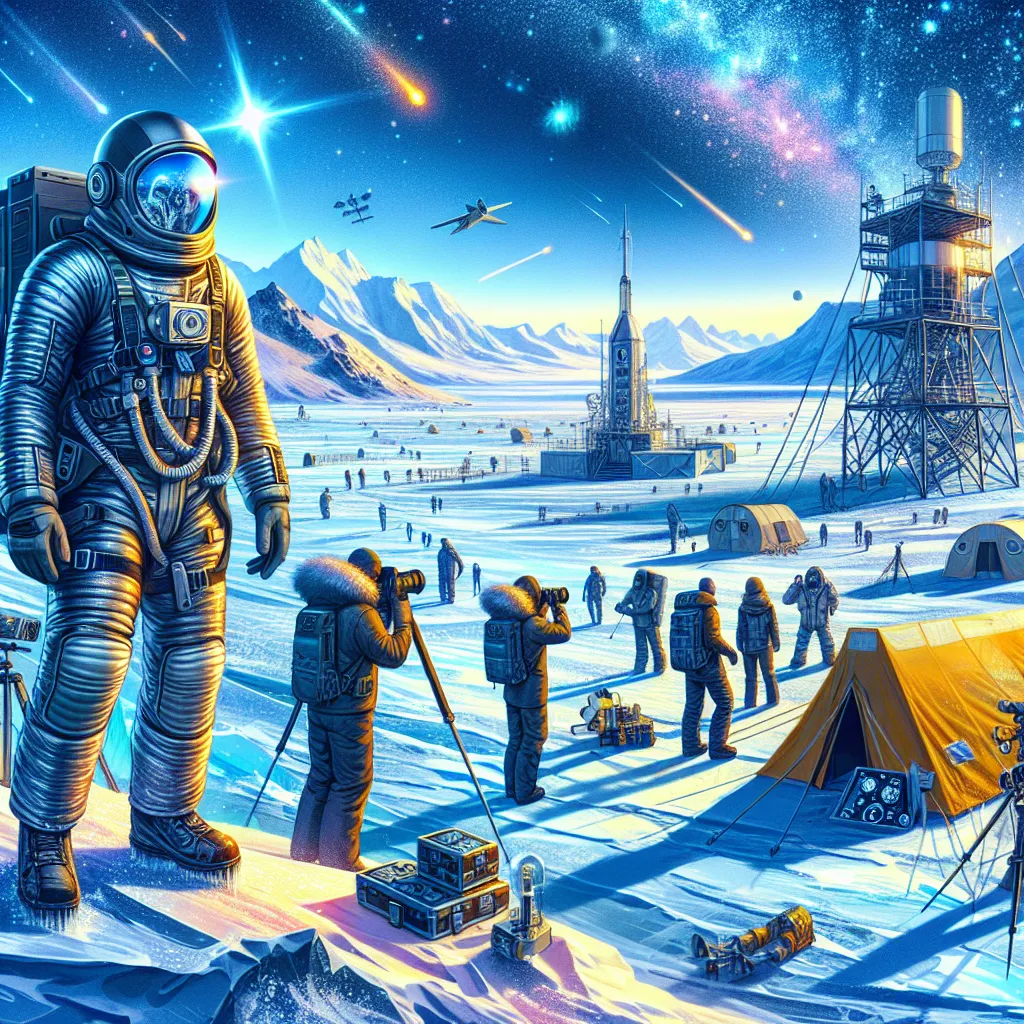Welcome to “The Reassembler” with James May. It’s a show where I take things apart and put them back together. That’s pretty much it.
Imagine a pile of bits—hundreds of them—and slowly, meticulously, reassembling them to understand how they work. It’s like a painstaking puzzle, but oh, the joy when it all clicks into place! Today, we’re diving into the 1959 Suffolk Colt, an iconic 12-inch four-stroke petrol lawnmower, the people’s mower.
Starting with the engine, which is what makes it a petrol lawnmower, we dive right in. The engine requires the valves first, then the camshaft spindle—an important element. You see, reassembling involves not just mechanically fitting pieces together, but also respecting their delicate interactions. It’s not a high-performance engine, but it’s got its own quirks.
While piecing components together, I also reflect on the history of the lawnmower, invented by Edwin Beard Budding in 1830. He was inspired by a machine that trimmed fabric neatly and wondered if the same could be achieved for grass. People thought he was bonkers, testing his machine under the cover of night to avoid ridicule.
One of the satisfying elements of reassembling an engine is checking if parts fit snugly. The principle relationship to get right here is between the crankshaft and the camshaft. If the timing is off, you’ll only find out after pulling the starter string—and then it’s back to square one.
The lawnmower’s engine comes together piece by piece—camshaft, tappets, valves, crankshaft. It’s a system where precision matters. Excess friction or a slight misfit can mean dismantling and retrying. This crankshaft transforms fuel combustion into rotational energy—that “furious combustion action” that propels the mower.
After securing the engine components, we delve into the carburetor, a clever device that mixes fuel with air in the right proportions to power the engine. It’s complex but efficient. I marvel at its design as I attach it, ensuring nothing is unbalanced.
Next, we deal with the trickier parts, like the recoil starter mechanism. The spring inside needs careful handling—one slip and it can unravel dramatically. Once assembled, it gracefully rewinds itself.
Engines aside, there’s the lawnmower chassis, side plates, cutters, and the roller—which makes those classic stripes on the lawn. Historically, stripes represented middle-class pride, an immaculately mown lawn signaling respectability.
Piece by piece, the machine transforms from a pile of bits to a recognizable lawnmower. Roller, blades, transmission—all of these come together as I move methodically. Even the sprockets and chains add to the mower’s intricate design, multiplying the satisfaction of seeing it take shape.
Assembling something might seem tedious, but each nut, bolt, and component you add brings you closer to the finished product. It’s about patience and a willingness to sweat the small stuff.
Finally, there’s the moment of truth. Fuel on, choke set, starter string pulled—and the 1959 Suffolk Colt roars to life. A collection of parts becomes a working machine again, ready to mow that perfect lawn. And it works!






